Home>Garden Essentials>When Can You Plant Grass Seed In Ohio
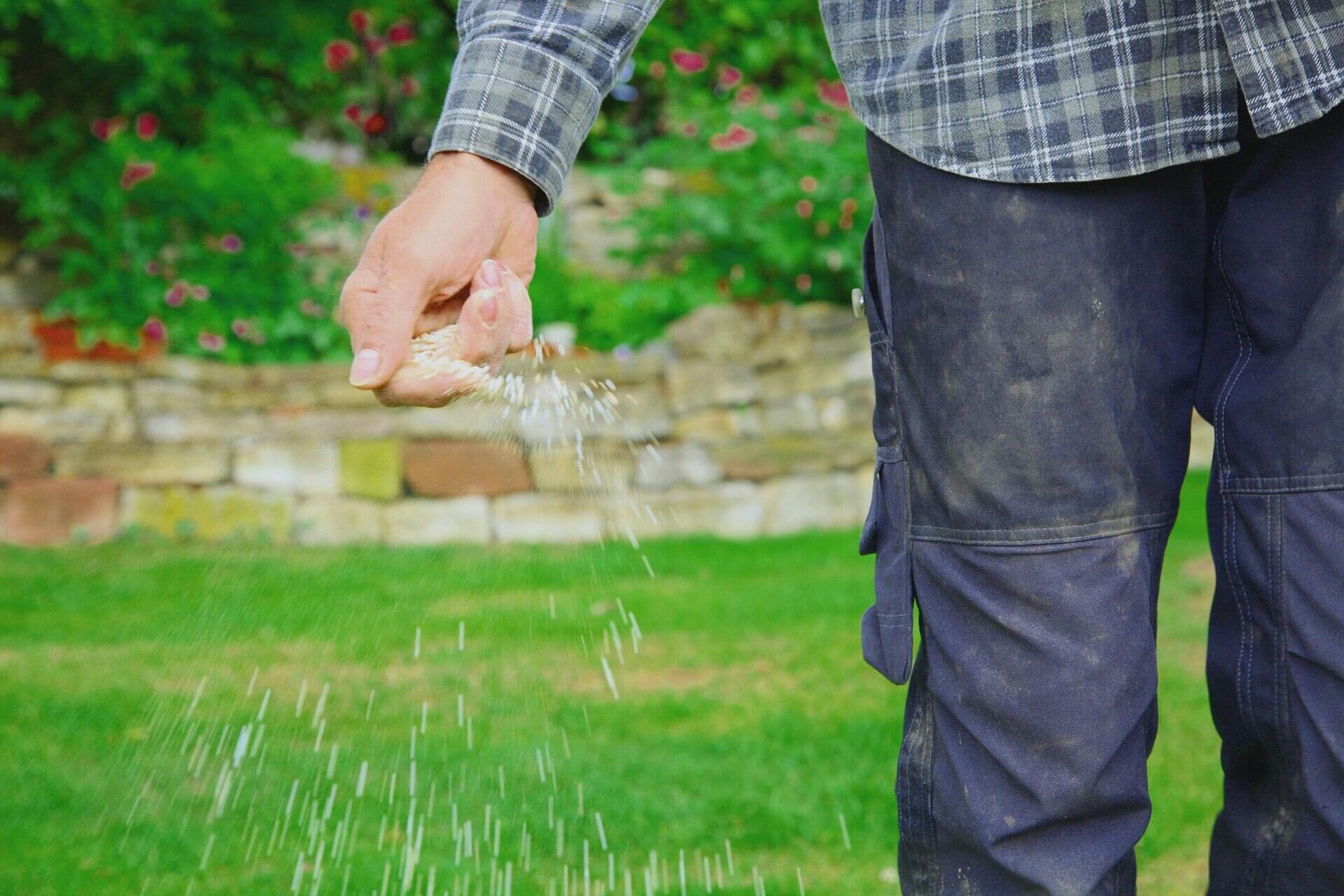

Garden Essentials
When Can You Plant Grass Seed In Ohio
Modified: October 19, 2024
Discover the best time to plant grass seed in Ohio and get your garden ready for a lush, green lawn. Find expert tips and advice for successful gardening in Ohio.
(Many of the links in this article redirect to a specific reviewed product. Your purchase of these products through affiliate links helps to generate commission for Storables.com, at no extra cost. Learn more)
When Can You Plant Grass Seed In Ohio
Introduction
Ohio is known for its diverse climate, which presents challenges for gardeners and homeowners when it comes to planting and nurturing grass. If you’re a proud homeowner in Ohio, you may be wondering about the best time to plant grass seed to achieve a lush, healthy lawn. The answer depends on various factors, including temperature requirements, soil preparation, and grass seed selection.
Establishing a thriving lawn in Ohio requires careful planning and consideration. By understanding the optimal planting times and following a proper lawn care regimen, you can increase your chances of success.
In this article, we will explore the factors to consider when deciding when to plant grass seed in Ohio, as well as the recommended planting times for different seasons. So, let’s dig in and find out how you can achieve that envy-worthy lawn!
Key Takeaways:
- Timing is crucial for planting grass seed in Ohio. Early spring and early fall are best for successful establishment, while late spring and late fall can work with proper care.
- Proper soil preparation and choosing the right grass seed are essential for a healthy lawn in Ohio. Careful maintenance leads to a beautiful and vibrant landscape.
Read more: When To Plant Grass In Northeast Ohio
Factors to Consider
When it comes to planting grass seed in Ohio, there are several factors that you need to take into consideration:
- Climate: Ohio has a diverse climate, with cold winters, hot summers, and varying amounts of rainfall throughout the year. Understanding the climate in your specific region of Ohio is crucial for determining the right time to plant grass seed.
- Grass Type: There are different types of grass that thrive in Ohio. Common grass varieties include Kentucky Bluegrass, Tall Fescue, and Perennial Ryegrass. Each type has different temperature and moisture requirements, so it’s important to choose the right grass seed for your specific needs.
- Soil Conditions: The health and quality of your soil will greatly impact the success of your grass seed. Conduct a soil test to determine its pH level and nutrient content. This will help you identify any amendments or adjustments that need to be made prior to planting.
- Sun Exposure: Take note of the amount of sunlight your lawn receives throughout the day. Some grass species require full sun, while others can tolerate partial shade. This information will guide your choice of grass seed and planting locations.
- Water Availability: Consider the availability of water in your area and the ability to provide regular irrigation for your lawn. Adequate water supply is crucial during the establishment phase of your grass seed and for maintaining a healthy lawn throughout the year.
By carefully considering these factors, you can determine the optimal conditions for planting grass seed in Ohio, setting the stage for a successful and vibrant lawn.
Temperature Requirements
Temperature plays a crucial role in the successful germination and establishment of grass seed in Ohio. Different grass species have different temperature requirements, so understanding these requirements is essential for determining the best time to plant grass seed.
Generally, cool-season grasses like Kentucky Bluegrass and Tall Fescue are commonly grown in Ohio. These grasses thrive in temperatures between 60°F and 75°F (15°C and 24°C). For optimal germination, soil temperatures should be around 50°F (10°C) or higher.
It’s important to keep in mind that Ohio experiences significant seasonal temperature changes. Spring and fall are the ideal seasons for planting grass seed, as the temperatures are usually within the optimum range for cool-season grasses.
In the spring, the soil begins to warm up, providing favorable conditions for grass seed germination. The moderate temperatures, coupled with ample rainfall, create an ideal environment for root development and establishment. However, it’s important to avoid planting grass seed too early in the spring when the soil is still cold and wet, as this can delay germination.
Similarly, fall is a great time to plant grass seed in Ohio. The cooler temperatures help prevent weed competition, and the warm soil from summer promotes rapid grass seed germination. The cooler weather also reduces water evaporation, allowing the new grass to establish strong roots before winter arrives.
Before planting grass seed, it’s advisable to monitor the local weather forecast and ensure that the temperatures are within the recommended range for the specific grass species you are planting. By doing so, you can provide an optimal environment for your grass seed to thrive and develop into a lush, healthy lawn.
Soil Preparation
Proper soil preparation is crucial for the successful growth of grass seed in Ohio. Taking the time to prepare your soil before planting will provide an optimal environment for the seeds to establish and develop into a healthy lawn. Here are some steps to follow for effective soil preparation:
- Remove existing vegetation: Before planting grass seed, it’s important to clear the area of any existing weeds, grass, and debris. Use a shovel or a sod cutter to remove the top layer of vegetation.
- Break up the soil: Break up the soil to a depth of about 4-6 inches (10-15 cm) using a garden tiller or a garden fork. This will help loosen compacted soil and improve drainage.
- Amend the soil: Conduct a soil test to determine the pH level and nutrient content of your soil. Based on the results, you may need to add soil amendments such as lime to adjust the pH or organic matter like compost to improve soil fertility and structure.
- Level the soil: Use a rake or a garden leveling tool to ensure that the soil is evenly distributed and free of bumps or depressions. A level surface will help prevent water pooling and uneven grass growth.
- Compact the soil: Lightly compact the soil using a lawn roller or by walking over the prepared area. This helps ensure good seed-to-soil contact, which is essential for successful germination.
By following these soil preparation steps, you create an optimal growing environment for the grass seed. Good soil structure, adequate nutrients, and proper drainage will support the healthy growth of your lawn, leading to a lush and vibrant landscape.
Grass Seed Selection
Choosing the right grass seed for your Ohio lawn is crucial for achieving the best results. Factors such as climate, soil conditions, sun exposure, and desired appearance should be taken into consideration when selecting grass seed. Here are some popular grass seed options for Ohio:
- Kentucky Bluegrass: Kentucky Bluegrass is a popular choice for Ohio lawns due to its lush, dense, and attractive appearance. It thrives in cool-season climates and provides excellent wear tolerance. Kentucky Bluegrass requires full sun to partial shade and frequent watering. It is known for its ability to self-repair, making it great for high-traffic areas.
- Tall Fescue: Tall Fescue is a hardy cool-season grass that tolerates a variety of soil conditions and requires less maintenance compared to Kentucky Bluegrass. It has a deep root system, making it more drought-resistant. Tall Fescue performs well in partially shaded areas and is known for its durability.
- Perennial Ryegrass: Perennial Ryegrass is another popular choice for Ohio lawns. It establishes quickly, providing fast coverage and a fine-textured appearance. Perennial Ryegrass is known for its tolerance to cold temperatures and wear. It performs best in full sun to partial shade and requires consistent watering.
When selecting grass seed, it’s essential to consider whether you want a pure grass seed or a seed blend. Seed blends offer the advantage of a mixture of grass varieties that complement each other’s strengths, such as wear tolerance or disease resistance. They also provide a desirable aesthetic appearance with a variety of grass blade textures and colors.
Before making a final decision, consult with local garden centers, turf experts, or your county extension office for specific recommendations tailored to your region in Ohio. They can provide valuable insights into the most suitable grass seed for your specific lawn conditions.
By carefully selecting the right grass seed for your Ohio lawn, you set the foundation for a healthy and visually appealing landscape.
Read more: When To Plant Sunflower Seeds In Ohio
Recommended Grass Seed Planting Times
Planting grass seed at the right time is crucial for its successful germination and establishment. In Ohio, the optimal times for planting grass seed vary depending on the desired results and the specific grass species you choose. Here are the recommended grass seed planting times for different seasons:
1. Early Spring (March to April):
- Early spring is a suitable time to plant cool-season grasses like Kentucky Bluegrass and Tall Fescue in Ohio. The soil begins to warm up, providing favorable conditions for germination and root development.
- Avoid planting too early in the spring when the soil is still cold and wet, as this can delay germination. Wait until the soil temperature reaches around 50°F (10°C) or higher.
- Ensure proper watering, as spring often brings sufficient rainfall. Water regularly to keep the soil moist but not waterlogged.
2. Late Spring (May to June):
- If you missed the early spring planting window, late spring is still a viable time for planting cool-season grasses in Ohio.
- The soil is warmed up, and the risk of frost has significantly decreased. Grass seed planted in late spring has ample time to establish strong roots before the heat of summer arrives.
- Apply a starter fertilizer to provide essential nutrients for early growth.
3. Early Fall (August to September):
- Early fall is considered the best time for planting grass seed in Ohio. The cooler temperatures and more reliable rainfall create ideal conditions for seed germination and growth.
- Planting in early fall allows the grass to establish strong roots before the cold winter arrives.
- Avoid planting too late in the fall, as insufficient time for establishment may hinder the survival of the new grass.
4. Late Fall (October to November):
- Late fall is another suitable time for planting grass seed in Ohio. The soil is still warm enough for germination, and the cooler temperatures help prevent weed competition.
- The grass seed has the advantage of a head start and will continue to grow in the spring.
- Ensure proper watering, as the soil tends to dry out more slowly during the fall and winter.
Remember, the specific planting times may vary based on your location within Ohio and the grass species you choose. It’s important to observe the weather conditions and monitor the soil temperature before initiating the planting process.
By following these recommended planting times, you give your grass seed the best chance to establish successfully and grow into a beautiful, healthy lawn.
You can plant grass seed in Ohio in the early fall (mid-August to mid-September) or in the spring (April to mid-May). This allows the seeds to establish before extreme temperatures. Keep the soil moist for successful germination.
Planting Grass Seed in Early Spring
Early spring is an opportune time to plant grass seed in Ohio, as the soil begins to warm up and create favorable conditions for germination and root development. Here are some important considerations and steps to follow when planting grass seed in early spring:
- Prepare the soil: Begin by clearing the area of any existing vegetation, such as weeds or old grass. Loosen the top few inches of soil using a rake or a garden fork to provide a good seedbed.
- Choose the right grass seed: Select cool-season grass varieties that are well-suited for Ohio’s climate, such as Kentucky Bluegrass or Tall Fescue. These grasses thrive in the cooler temperatures of early spring.
- Sow the seeds: Evenly distribute the grass seed over the prepared soil. Use a spreader or sprinkle it by hand. Aim for around 16 seeds per square inch to ensure adequate coverage.
- Rake and water: Gently rake the soil to lightly cover the seeds with a thin layer of soil, typically about ¼ inch. Then, water the area thoroughly to ensure the seeds make good contact with the soil. Keep the soil consistently moist throughout the germination process.
- Maintain proper care: Monitor the newly planted area regularly and keep the soil consistently moist until the grass seed germinates. Avoid overwatering, as it can lead to excess moisture and hinder germination. Gradually reduce watering frequency as the grass seedlings emerge and establish.
- Mow and fertilize: Once the new grass reaches a height of approximately 3 inches, it is time for the first mowing. Set the mower to a height of around 2 inches to encourage healthy growth. Avoid removing more than one-third of the grass blade length in a single mowing. Apply a starter fertilizer to provide essential nutrients for the young grass.
Planting grass seed in early spring allows the seeds to take advantage of the moderate temperatures and ample rainfall, aiding in their germination and establishment. By following these steps and providing proper care, you can help your grass seed grow into a lush and beautiful lawn throughout the spring and summer months.
Planting Grass Seed in Late Spring
While early spring is the ideal time for planting grass seed in Ohio, it is still possible to successfully establish a lawn by planting in late spring. Late spring offers slightly warmer temperatures and a longer growing season for the grass seed to germinate and develop. Here are some important steps to follow when planting grass seed in late spring:
- Prepare the soil: Begin by clearing the planting area of any existing vegetation, debris, or weeds. Loosen the top few inches of soil using a rake or a garden fork to create a good seedbed.
- Choose the right grass seed: Select cool-season grass varieties that are well-suited for Ohio’s climate, such as Kentucky Bluegrass or Tall Fescue. These grasses can tolerate the slightly warmer temperatures of late spring.
- Sow the seeds: Evenly distribute the grass seed over the prepared soil. Use a spreader or sprinkle it by hand. Aim for around 16 seeds per square inch to ensure adequate coverage.
- Rake and water: Gently rake the soil to lightly cover the seeds with a thin layer of soil, typically about ¼ inch. Then, water the area thoroughly to ensure good seed-to-soil contact. Keep the soil consistently moist throughout the germination process.
- Maintain proper care: Regularly monitor the newly planted area and ensure the soil remains consistently moist until the grass seed germinates. Avoid overwatering, as this can lead to excess moisture and hinder germination. Gradually reduce watering frequency as the grass seedlings emerge and establish.
- Mow and fertilize: Once the new grass reaches a height of approximately 3 inches, it is time for the first mowing. Set the mower to a height of around 2 inches to encourage healthy growth. Avoid removing more than one-third of the grass blade length in a single mowing. Apply a starter fertilizer to provide essential nutrients for the young grass.
While late spring planting may pose a slight challenge due to the warmer temperatures, it is still possible to achieve successful growth by providing proper care and maintenance. Keep in mind that consistent watering and attention to soil moisture are crucial during this time. By following these steps, you can establish a healthy and vibrant lawn, even if you missed the optimal early spring planting window.
Planting Grass Seed in Early Fall
Early fall is considered the best time to plant grass seed in Ohio. The cooler temperatures and more reliable rainfall create ideal conditions for seed germination and growth. Planting grass seed during this time allows the grass to establish strong roots before the cold winter arrives. Here are the steps to follow for successful planting in early fall:
- Prepare the soil: Begin by clearing the area of any existing vegetation, such as weeds or old grass. Loosen the top few inches of soil with a rake or a garden fork to create a good seedbed.
- Choose the right grass seed: Select cool-season grass varieties that are well-suited for Ohio’s climate, such as Kentucky Bluegrass or Tall Fescue. These grasses thrive in the cooler temperatures of fall.
- Sow the seeds: Evenly distribute the grass seed over the prepared soil. Use a spreader or sprinkle it by hand. Aim for around 16 seeds per square inch to ensure adequate coverage.
- Rake and water: Gently rake the soil to lightly cover the seeds with a thin layer of soil, typically about ¼ inch. Then, water the area thoroughly to ensure good seed-to-soil contact. Keep the soil consistently moist throughout the germination process.
- Maintain proper care: Regularly monitor the newly planted area and keep the soil consistently moist until the grass seed germinates. Watering may be necessary as the weather cools and rainfall becomes less frequent. Gradually reduce watering frequency as the grass seedlings emerge and establish.
- Mow and fertilize: Once the new grass reaches a height of approximately 3 inches, it is time for the first mowing. Set the mower to a height of around 2 inches to encourage healthy growth. Avoid removing more than one-third of the grass blade length in a single mowing. Apply a starter fertilizer to provide essential nutrients for the young grass.
Planting grass seed in early fall allows the seeds to take advantage of the cooler temperatures, which reduce weed competition and promote healthy growth. The longer growing season before winter arrives allows the grass to establish strong roots, resulting in a lush and vibrant lawn in the following spring.
By following these steps and providing proper care, you can successfully plant grass seed in early fall and enjoy the benefits of a beautiful and healthy lawn for years to come.
Planting Grass Seed in Late Fall
While late fall is not the optimal time for planting grass seed in Ohio, it is still possible to establish a lawn by taking certain considerations into account. Planting grass seed in late fall provides the advantage of a head start in the spring when the weather warms up. Here are some important steps to follow when planting grass seed in late fall:
- Prepare the soil: Clear the planting area of existing vegetation, such as weeds or old grass. Loosen the top few inches of soil with a rake or a garden fork to create a suitable seedbed.
- Choose the right grass seed: Select cool-season grass varieties suitable for Ohio’s climate, such as Kentucky Bluegrass or Tall Fescue. These grasses can tolerate the cooler temperatures of late fall.
- Sow the seeds: Evenly distribute the grass seed over the prepared soil. Use a spreader or sprinkle it by hand. Aim for around 16 seeds per square inch for adequate coverage.
- Rake and water: Gently rake the soil to lightly cover the seeds with a thin layer of soil, typically about ¼ inch. Water the area thoroughly to ensure good seed-to-soil contact. Keep the soil consistently moist, but avoid overwatering.
- Maintain proper care: Continuously monitor the newly planted area and ensure the soil remains sufficiently moist until the grass seed germinates. Late fall may necessitate additional watering as rainfall decreases and the weather cools. Gradually reduce watering frequency as the grass seedlings emerge and establish.
- Protect from frost: Late fall planting exposes the grass seed to potential frost. Covering the area with a light layer of straw or mulch can provide some protection from freeze-thaw cycles.
- Resume care in spring: Once spring arrives, resume the care routine for your lawn, including regular watering, mowing, and fertilizing. The grass will continue to grow and establish during this time.
While late fall planting may present some challenges due to cooler temperatures and potential frost, it can still provide a head start for the grass seed to establish in the following spring. By following these steps and providing proper care, you can increase the chances of successful grass seed germination and the development of a lush and healthy lawn.
Conclusion
Planting grass seed in Ohio requires careful consideration of various factors, including temperature requirements, soil preparation, grass seed selection, and recommended planting times. By understanding these elements, you can establish a thriving and lush lawn that will enhance the beauty of your outdoor space. Here are the key takeaways:
Timing is crucial when it comes to planting grass seed in Ohio. Early spring and early fall are generally the best times for successful establishment, as the temperatures and moisture levels are ideal for germination and root development. Late spring and late fall can also be suitable with proper care, providing a head start for growth in the following season.
Preparing the soil is essential for creating optimal conditions for grass seed growth. Clearing the area of existing vegetation, loosening the soil, and adding any necessary amendments will contribute to a healthy soil environment.
Choosing the right grass seed for your specific needs and Ohio’s climate is essential. Cool-season grasses like Kentucky Bluegrass, Tall Fescue, and Perennial Ryegrass are popular choices in Ohio due to their ability to withstand the state’s diverse climate.
Caring for your newly planted grass seed involves keeping the soil consistently moist, avoiding overwatering, mowing at the proper height, and providing necessary nutrients through fertilization.
In conclusion, by considering factors such as timing, soil preparation, grass seed selection, and proper care, you can successfully plant and establish grass seed in Ohio. Whether you’re aiming for a vibrant lawn to enhance your curb appeal or create a lush backyard oasis, following the recommended guidelines will help you achieve the desired results. Remember to adjust your approach based on specific climate conditions and grass seed requirements for your particular region in Ohio. With patience and careful maintenance, you can enjoy the rewards of a beautiful and healthy lawn for years to come.
Frequently Asked Questions about When Can You Plant Grass Seed In Ohio
Was this page helpful?
At Storables.com, we guarantee accurate and reliable information. Our content, validated by Expert Board Contributors, is crafted following stringent Editorial Policies. We're committed to providing you with well-researched, expert-backed insights for all your informational needs.
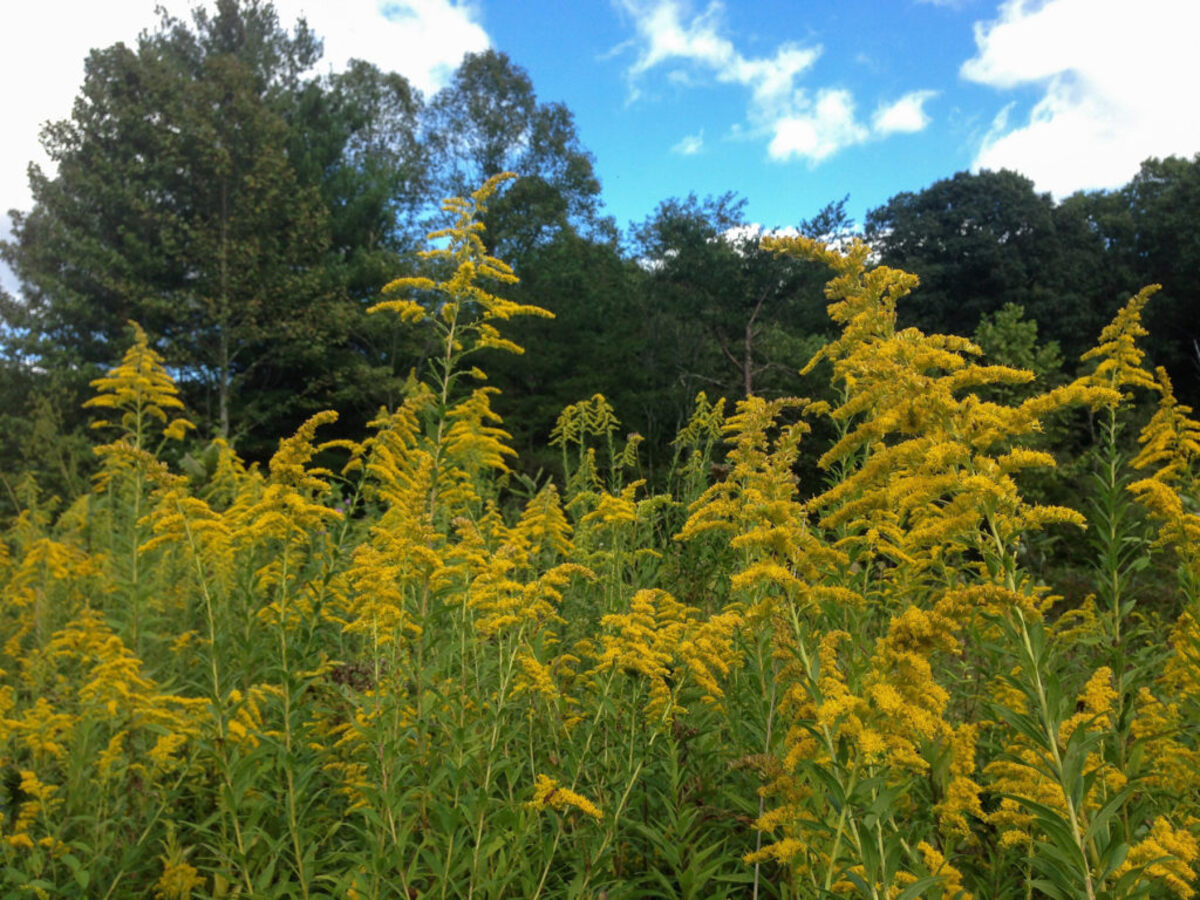

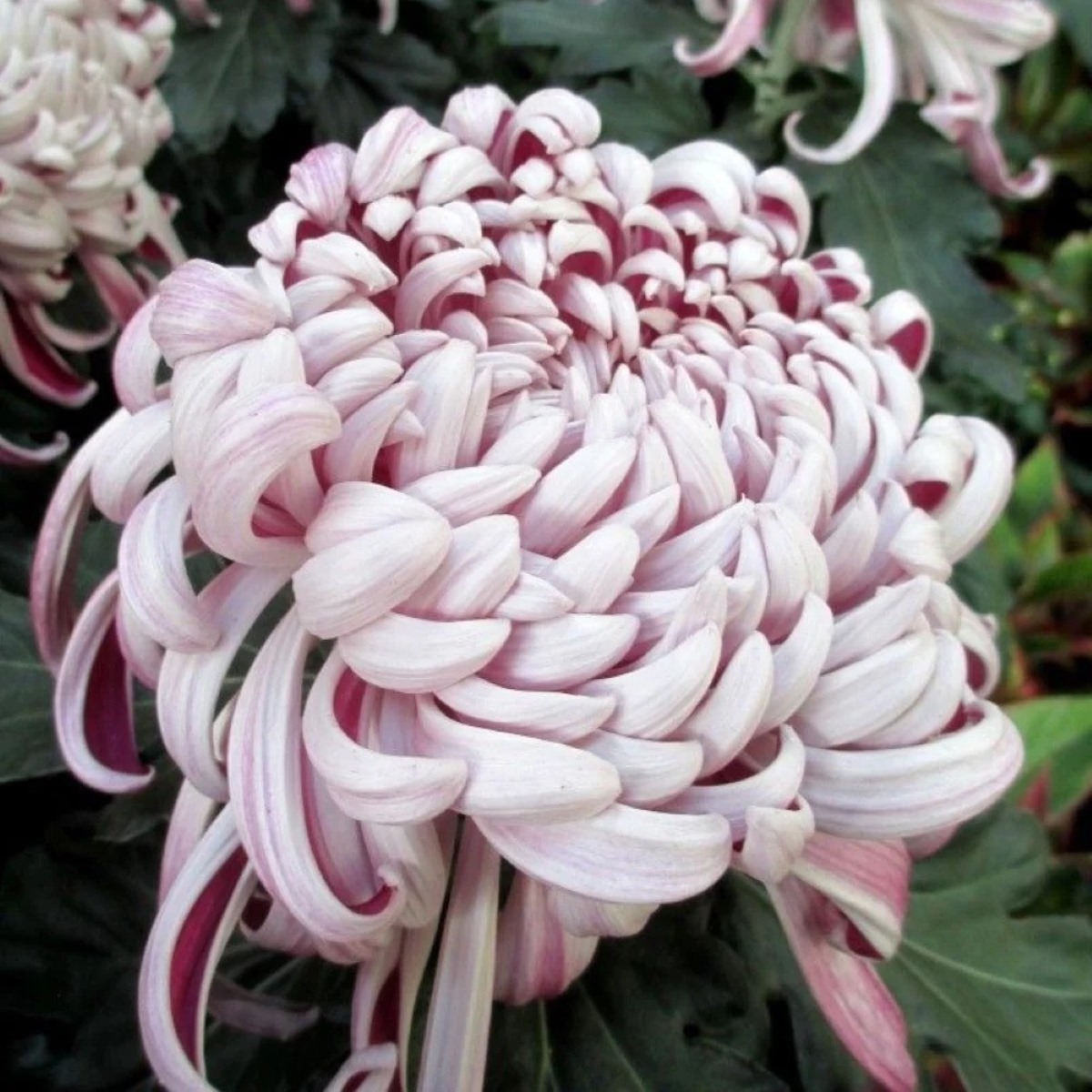
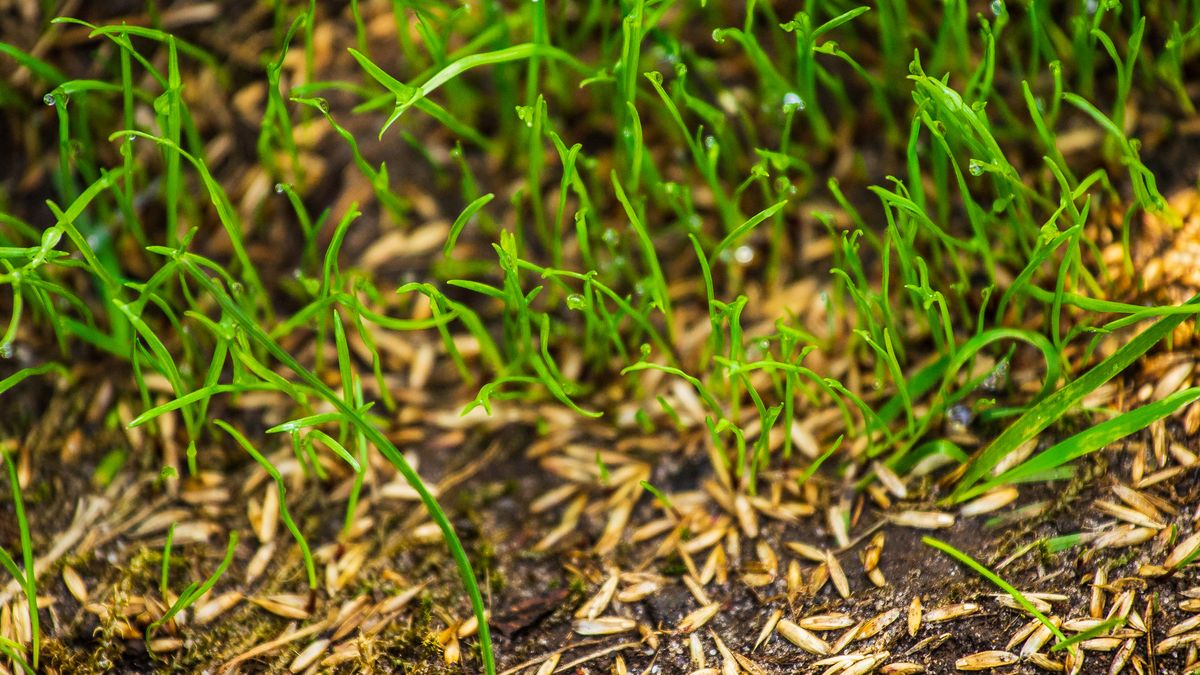


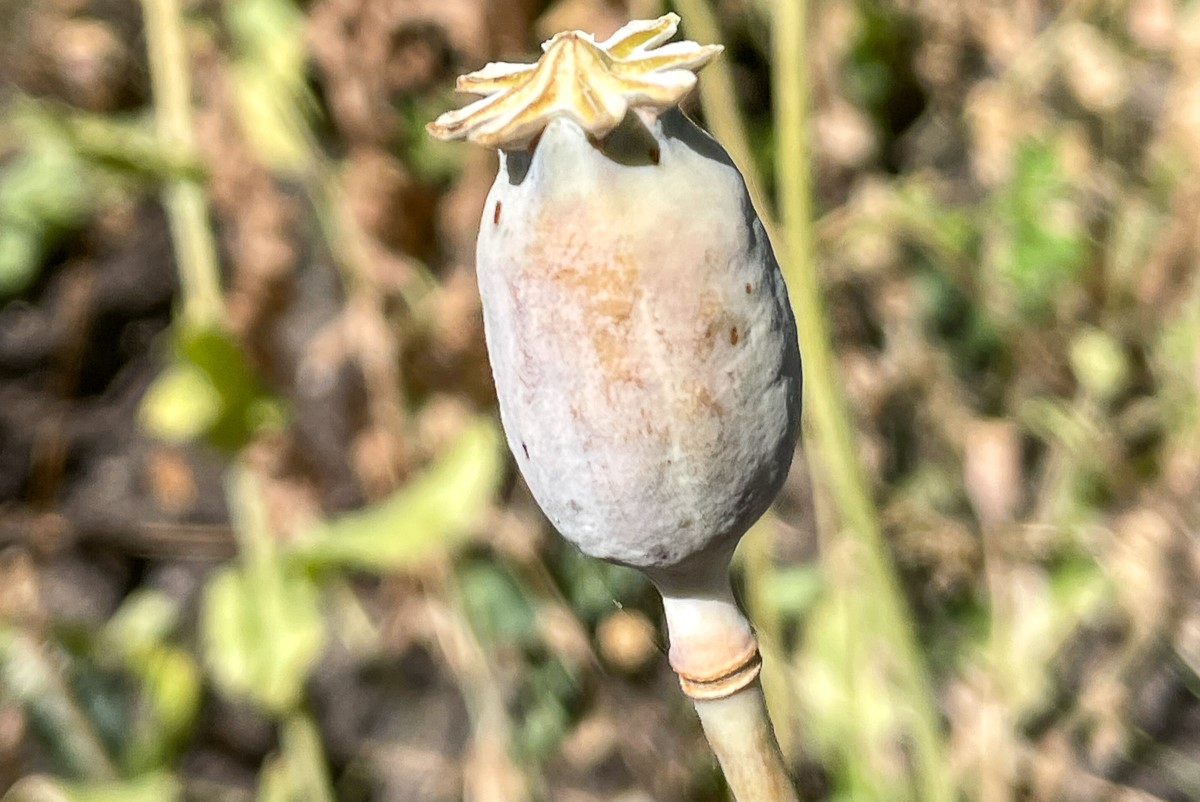


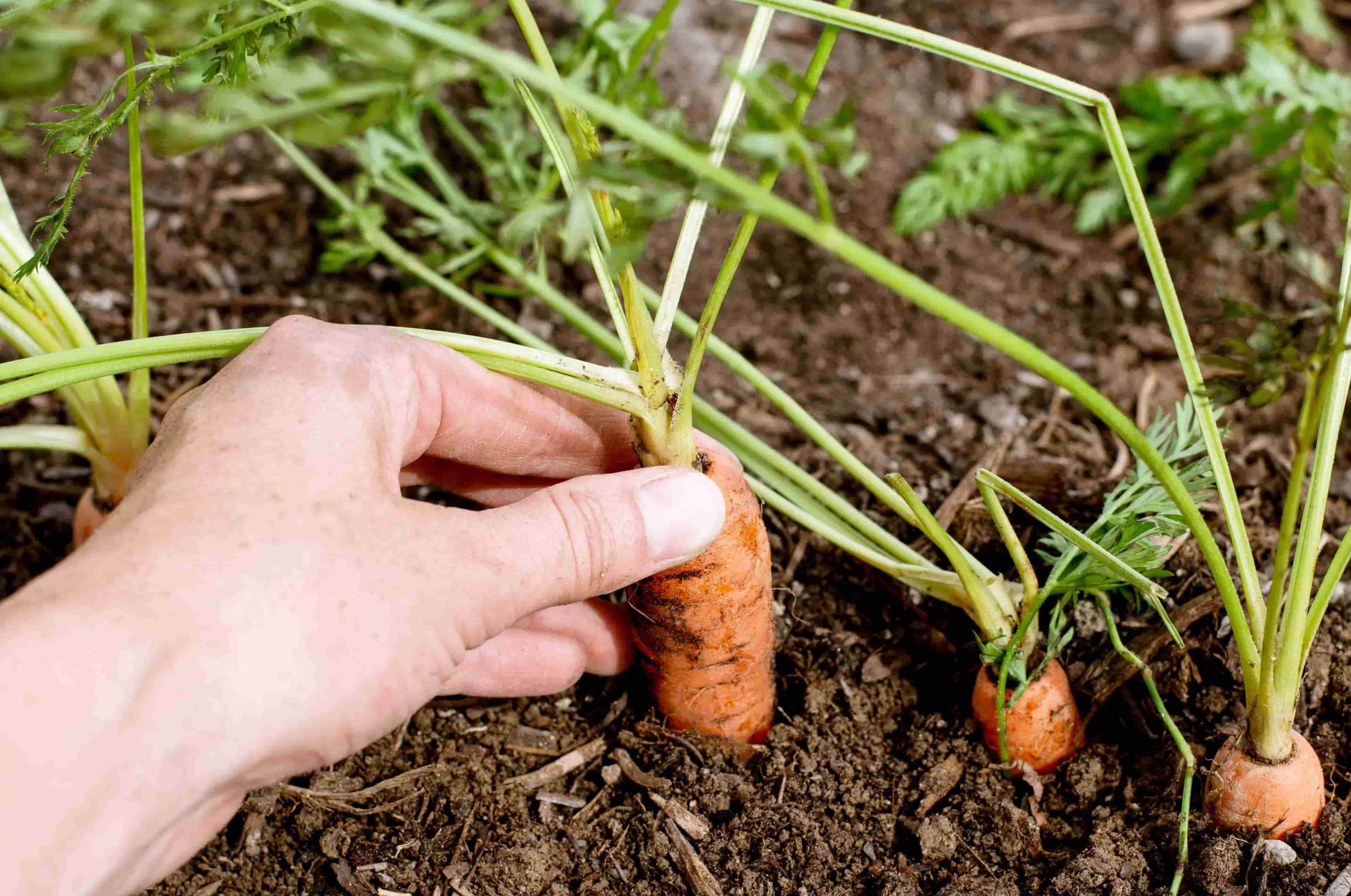


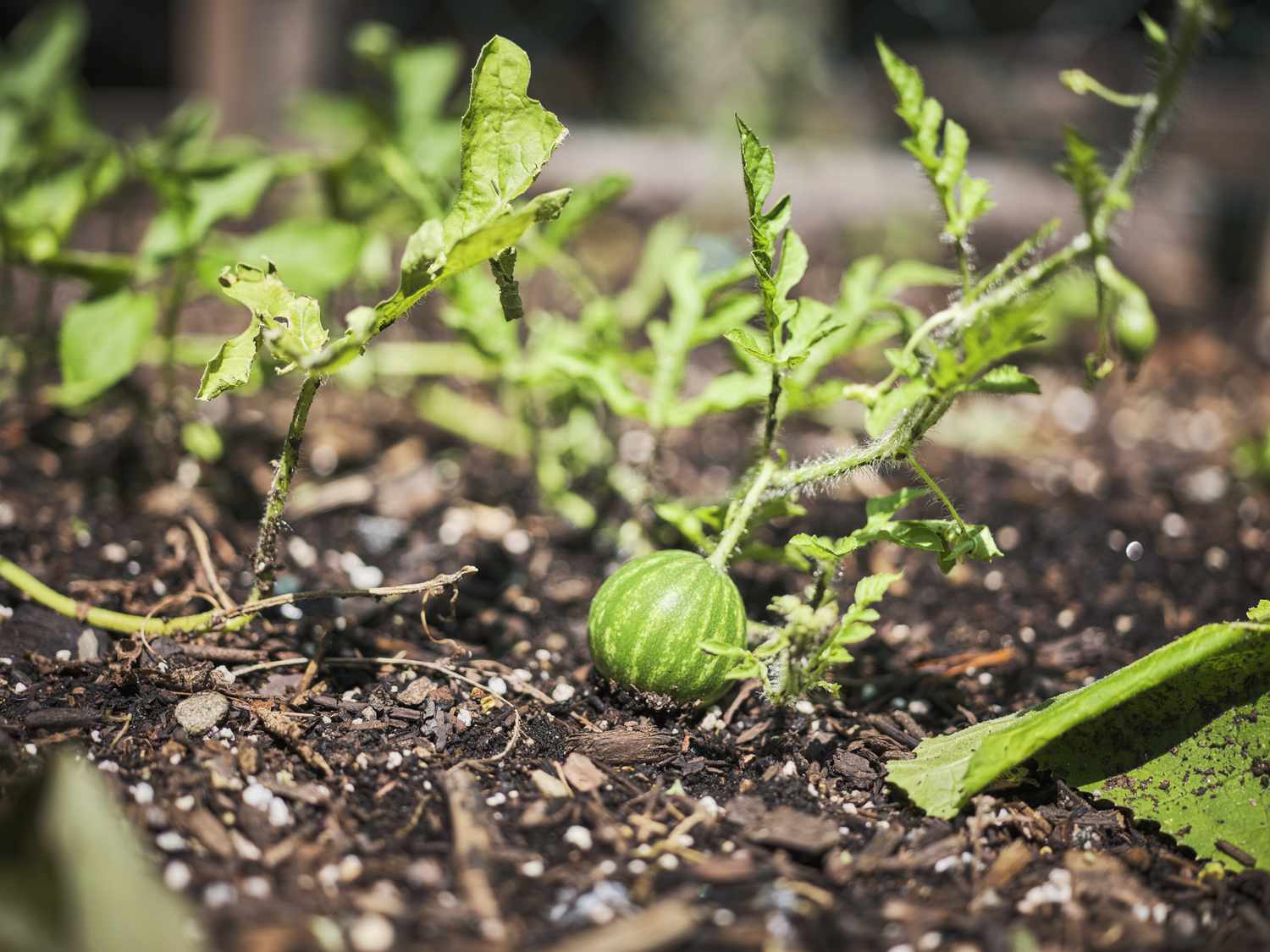

0 thoughts on “When Can You Plant Grass Seed In Ohio”